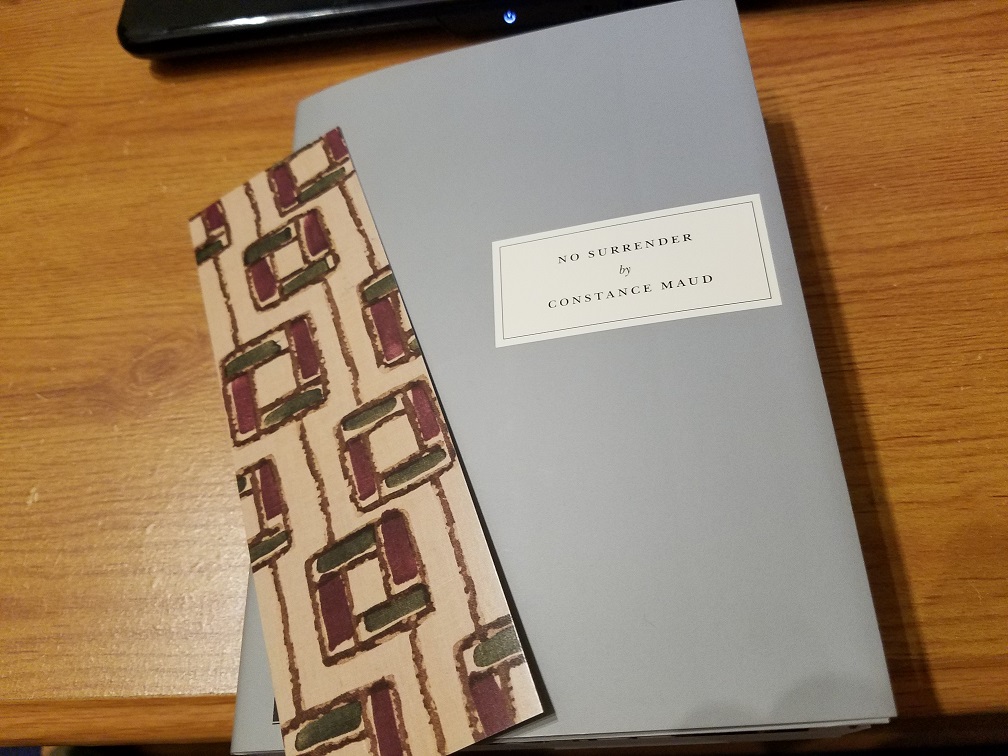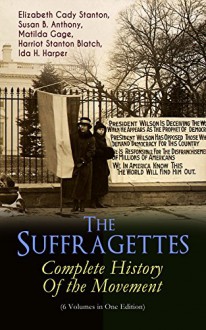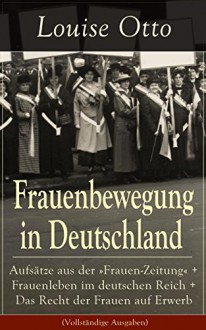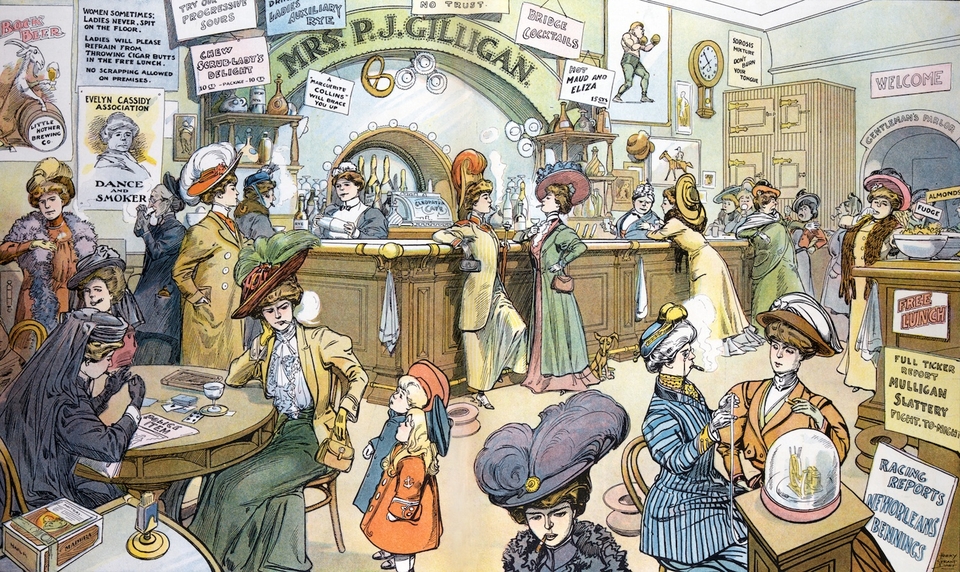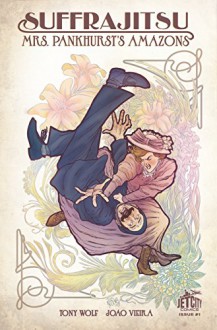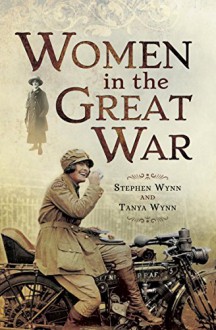
Thanks to Pen & Sword for sending me a paperback copy of this book that I freely chose to review.
I’m not sure why but as I read this book I realised I had read much more about World War II than about the Great War, and having a degree in American Studies, I had read a fair bit about American women’s war efforts (during WWII) but knew very little about what women had done during WWI, other than through some war novels where they would appear as nurses, but little else. That was one of the reasons why I was interested in this book from the Pen & Sword’s catalogue. At a time when women didn’t have the vote but were fighting for it, the war and the changes it brought had an enormous impact on the lives of British women (and women in general).
The book is divided into a number of chapters that after setting up the scene (Chapter 1. Women in General), discuss the different organisations and roles women took up during the war. We have chapters dedicated to women who became munition workers (yes, it was not only Rosie the Riveter who took up that task, and it’s amazing to think that women whose roles were so restricted at the time took to heavy factory work with such enthusiasm, despite the risks involved, although there was fun to be had too, like the women’s football teams organised at some of the factories), the Voluntary Air Detachments (Agatha Christie was employed by the VAD as a nurse and dispenser, and it seems her knowledge of medications and substances was to prove very handy in her writing career), The Women’s Army Auxiliary Corps (later the Queen Mary’s Army Auxiliary Corps, to reflect Queen Mary’s patronage), Women’s Legion and Other Women’s Organisations (including some like the Women’s Land Army, Women Police Volunteer, The Women’s Forage Corps [that required a great deal of physical strength]).
The chapter entitled Individual Women of the Great War includes fascinating stories, most of them worthy of a whole book, like those of Dorothy Lawrence, who dressed as a man and became a soldier although never actually fought, several spies, among them one of the best known and remembered Edith Louisa Cavell, a nurse, and perhaps my favourite, Flora Sanders, who was born in Yorkshire and actually fought in the war and became a Captain in the Serbian Army (and yes, in this case they knew she was a woman but did not seem to mind very much). Another favourite of mine has to be Violet Constance Jessop ‘the unsinkable’ who worked as a stewardess in a number of liners and survived the thinking of three big ships, including the Titanic’s. That never put her off and she worked at sea her whole career and died of old age.
There is a chapter dedicated to those who lost their lives during the war (and were not included in one of the previous chapters). The authors have checked a number of archives and list as many details as are available for these 241 women. For some, there’s only a name, date, and age (and where they were serving), for others there is more information. Reading through the list, that I am sure will be of great help to researchers looking for information on the subject, I was surprised by how many nurses died of what now would be considered pretty trivial illnesses (influenza, many of pneumonia, some of the nurses in far away locations died of dysentery, some of undiagnosed illnesses, or appendicitis) making evident not only how much medical science has advanced but also the precarious and exhausting conditions under which they worked, putting their duty before their own health. Quite a number went down with ships that had either been bombed or had hit mines, and some were unfortunate enough to be killed during raids when they were back home on a permit. In some cases, families lost several members to the war and one can only imagine the effects that must have had on their surviving relatives.
The last chapter mentions Queen Mary and Princess Mary’s war efforts, which had a great impact on monetary donations and on enlistment of both men and women. The conclusion reminds us that women had a great role to play during the Great War, both at home and indeed close to the action.
The book is well researched and combines specific data with personal stories, making it of interest to both researchers and readers who want to know more about that historical period, in particular about women’s history. Some chapters, like the one dedicated to individual women, are a good starting point to encourage further reading and engage the curiosity of those not so familiar with the topic.
A fitting homage to those women, who, as the authors write in the conclusion, should also be honoured on Remembrance Day.


 Log in with Facebook
Log in with Facebook 

